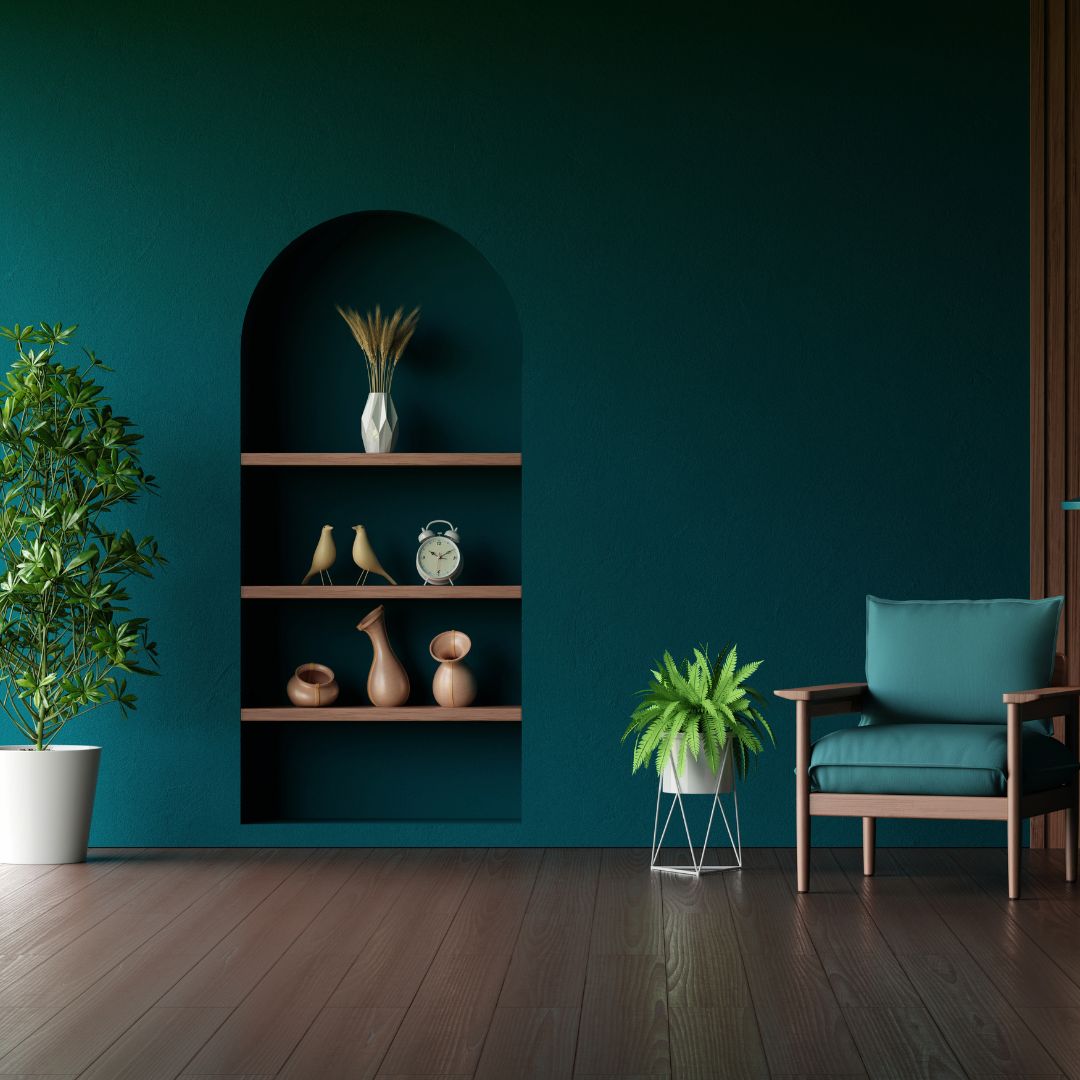

Home space planning is more than just arranging furniture—it’s about optimizing every inch of your living space to improve functionality, comfort, and aesthetics. A well-planned home enhances movement, maximizes storage, and ensures each area serves a purpose. Without strategic space planning for home, rooms can feel cramped, underutilized, or cluttered, leading to inefficiencies in daily living. By carefully designing your space, you can create a home that aligns with your lifestyle and personal preferences while enhancing the overall ambiance.
A well-planned home significantly impacts how you live and interact within your space. It ensures that each area serves a practical function while maintaining a harmonious aesthetic. Poorly planned spaces can lead to inconvenience, inefficiency, and even stress. When executed properly, space planning for home enhances both daily functionality and long-term property value.
Effective space planning for home follows several core principles. Functionality should be the primary focus, ensuring that every area meets specific needs. Balance and proportion help maintain visual harmony, preventing a room from feeling too empty or overcrowded. Flexibility is also crucial, allowing spaces to adapt to changing needs over time. Traffic flow should be considered to maintain open pathways for movement. Storage solutions help eliminate clutter, and zoning different areas for distinct activities ensures efficient use of space.
Optimized space planning for home offers numerous advantages. A well-arranged home improves comfort and convenience, making daily tasks easier. It enhances organization, reducing clutter and creating a peaceful environment. Thoughtful design also boosts aesthetics, improving the overall appeal of your space. From an investment perspective, a well-planned home increases property value, attracting potential buyers. Additionally, energy-efficient layouts can help lower utility costs by maximizing natural light and ventilation.
The way a home is arranged directly affects mental and emotional well-being. A cluttered, poorly designed space can cause stress and discomfort, while a clean, organized home promotes calm and relaxation. Open layouts, natural light, and functional design elements contribute to a more positive atmosphere, boosting mood and productivity. When space planning for home is thoughtfully executed, it enhances overall well-being and fosters a sense of harmony.
There are several common mistakes homeowners make when planning their space. Overcrowding rooms with excessive furniture can make them feel cramped and difficult to navigate. Poor traffic flow can obstruct movement and create confusion. Lack of proper storage solutions often leads to clutter buildup. Ignoring light design can result in dark, uninviting spaces. Additionally, failing to consider future needs can lead to costly reconfigurations later. Avoiding these mistakes ensures a more efficient and comfortable living environment.
Beginning a space planning for home project requires careful evaluation and strategy. First, assess your space by identifying priorities and key activities. Next, take accurate measurements of your space and assess different needs for specific areas. Sketch out a layout plan or experiment with various different arrangements. Consider flow and use such as finishes and style. Lastly, adjust your vision to meet different configurations that fit budgetary objectives as well as the best use of space.
A well-designed home balances functionality with aesthetics. Multipurpose furniture, such as storage ottomans or foldable tables, can maximize space potential. Complementing this, thoughtful color combinations and textures elevate the space's overall ambiance. Using 3D design tools can help visualize solutions, helping you align your lifestyle demands with a beautifully usable design outcome. By combining practicality and stylish design elements, you can achieve a home that is both efficient and stylish through space planning for home.
Several tools can help streamline the space planning for home process. 3D room planning apps, such as Planner 5D or SketchUp, allow homeowners to experiment with furniture layouts and design aesthetics. Augmented reality (AR) tools like IKEA Place or Houzz allow users to visualize furniture in their actual rooms before purchase. Online forums and YouTube tutorials offer valuable guidance and inspiration. Utilizing these digital tools helps avoid costly mistakes and ensures optimal use of space.
With DIY space planning for home on the rise, hiring a professional ensures efficiency and expert execution. Professionals have the training to optimize every inch of your home, balancing both function and design. They bring industry knowledge, access to resources, and a fresh perspective. In addition, seasoned experts can help navigate building codes, spatial limitations, homeowner’s association rules, and secure the proper feasibility by working within your budget.
Space planning for home is a crucial aspect of creating a functional, comfortable, and visually appealing space. It helps optimize every corner of your home, ensuring you make the most of your daily living environment. Whether self-planned or executed by professionals, smart space planning results in fewer frustrations and long-term gains in property value. With the right resources and mindset, you can transform your home into a sanctuary that meets your family’s needs and lifestyle. Start your journey with thoughtful space planning for home and experience the benefits of a well-structured living space. Contact us for free consultation.
Tags:
Interior design company in Pune interior design firms in pune Ubique Infra
Leave a Reply
Your email address will not be published. Required fields are marked *